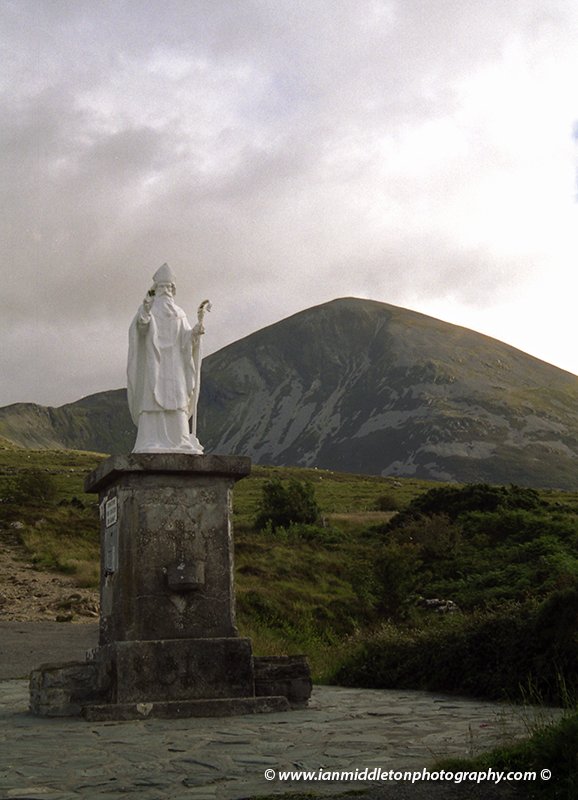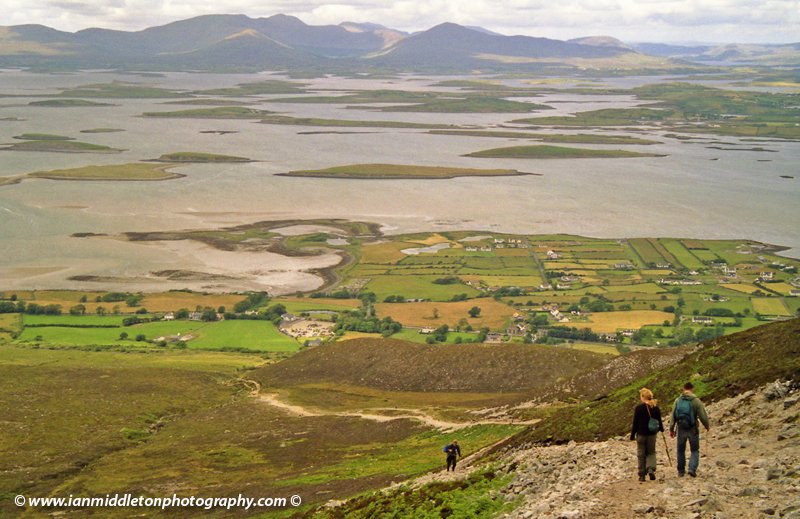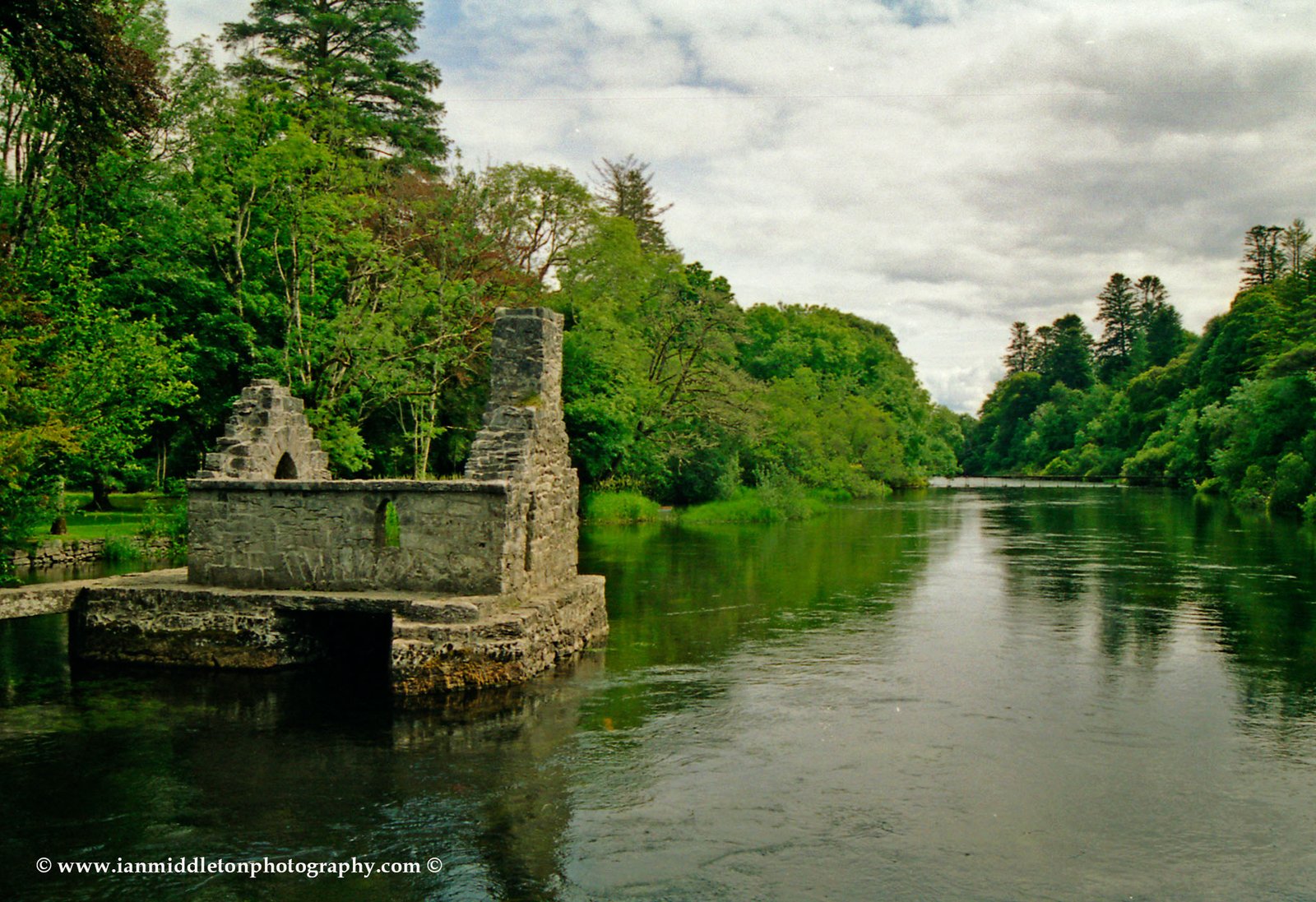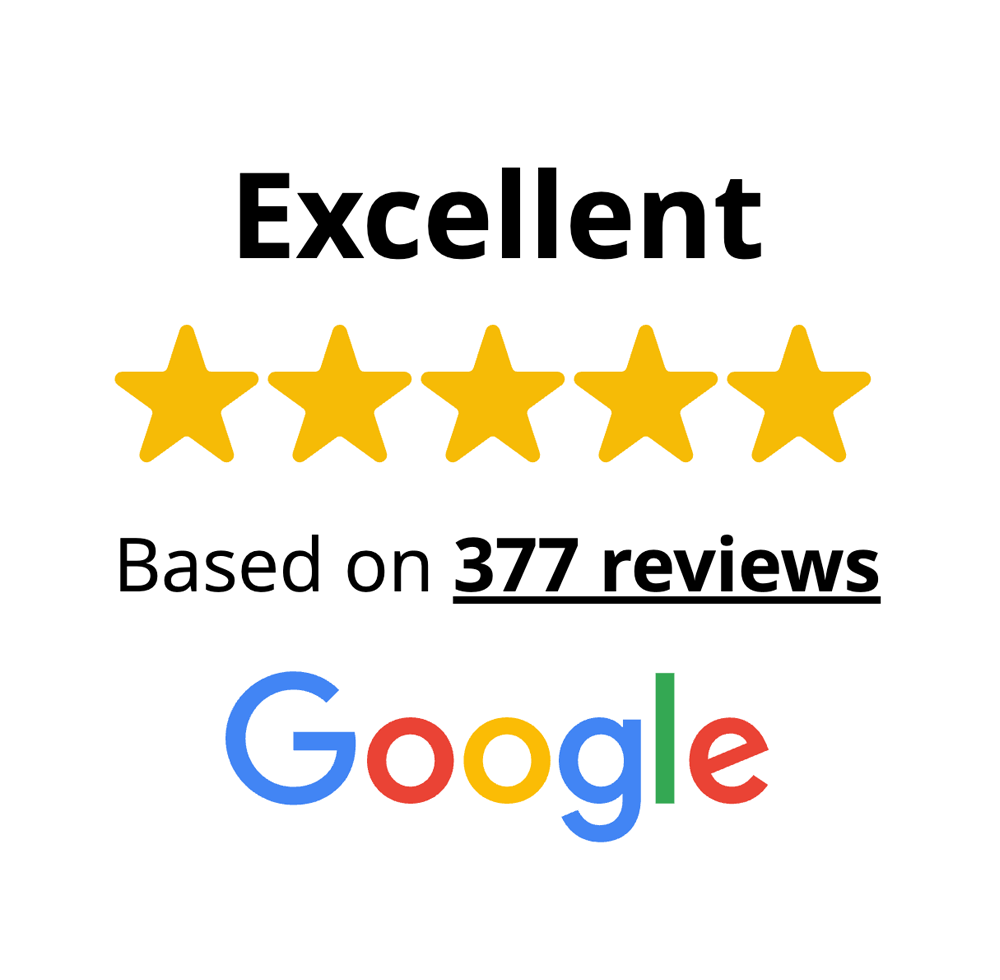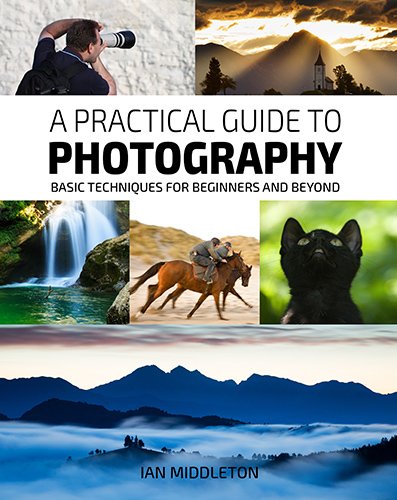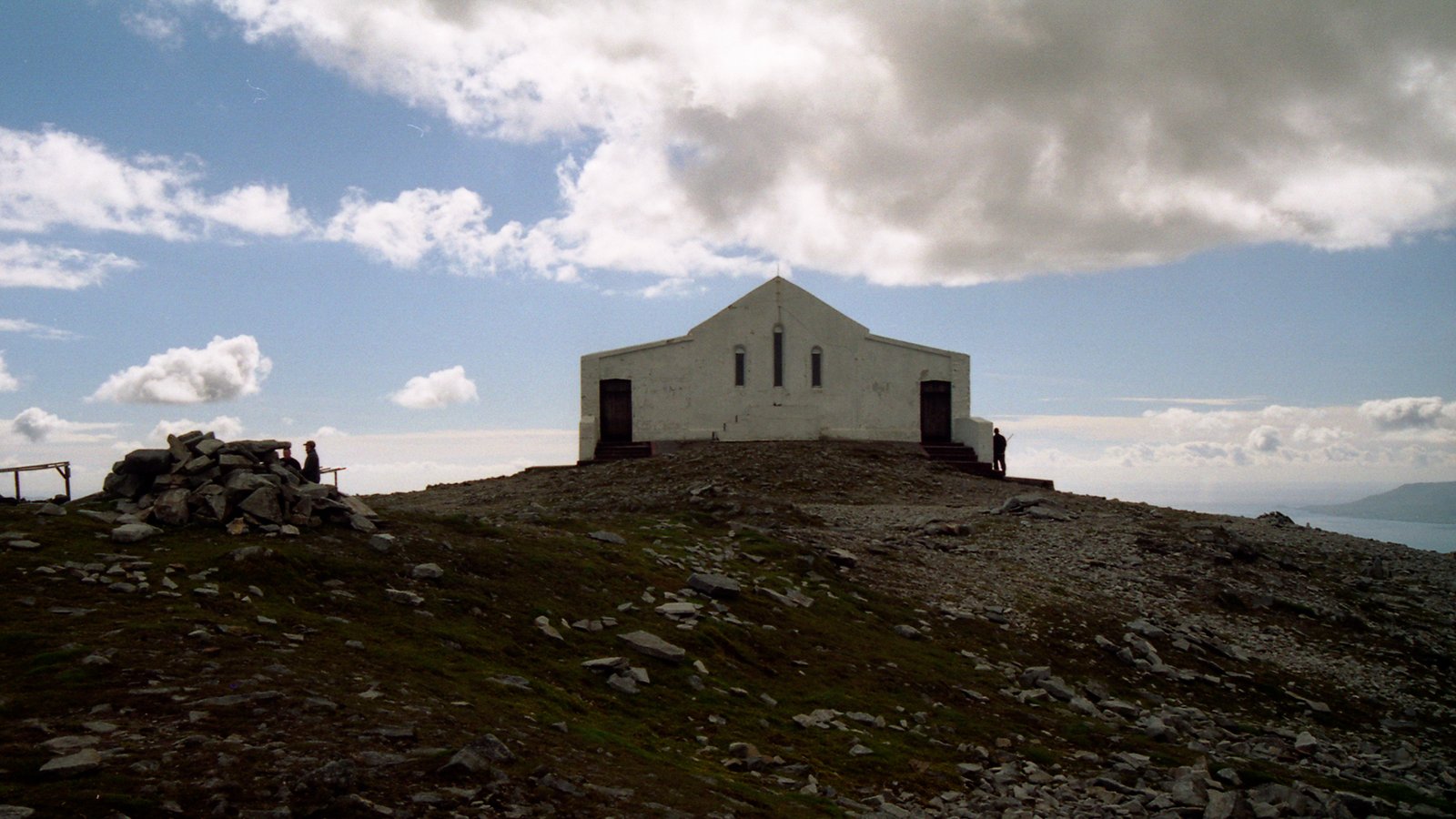The Wild Atlantic Way Part 5
County Mayo
A series of articles about locations along this 2500km marked tourist route, which runs from Derry in the north to Kinsale in the south
As you head west from Sligo along the coast you will cross into County Mayo. At the first big town, Ballina, head north along the coast for the magnificent Downpatrick Head near Ballycastle. Downpatrick Head is a stunning outcrop of cliffs standing 126 metres tall and jutting out into the wild Atlantic Ocean. It got its name, as many other places did, due to Saint Patrick visiting the area and establishing a church here. You can still see the remains today.
The most distinctive sight of Downpatrick Head.
Sitting out alone in the sea nearby is a massive sea-stack known as Dún Briste (broken fort). The story goes that Saint Patrick created this when a local pagan chieftain rebuffed his attempts to convert him to Christianity. In anger, the saint struck the ground with his crosier and the chunk of headland where the chieftain was standing split open and drifted out to sea, with the poor chieftain stuck on top.
Westport
As you continue on around the County Mayo coast you eventually come to the town of Westport, a vibrant little town sitting beside Clew Bay. As you approach Westport you get your first view of Croagh Patrick. Its distinctive conical shape is the most prominent feature on the horizon. The best view though, is when you go through Westport and arrive at Westport Quay. When the tide is out it reveals a vast expanse of glistening mudflats and tiny islands. From Westport Quay the reek, as it’s known locally, is a dominating presence on the horizon, and a breathtaking sight with Clew Bay at its forefront.
I love Westport. I’ve stopped here many times before. It’s an attractive, colourful town with a vibrant nightlife. Despite being a major tourist destination, I feel it still retains the charm and character of a small town. It’s never dirty. Every time I visit I find the clean streets lined with flower boxes, and all the colourful shop-fronts impeccably maintained.
Croagh Patrick
In pre-Christian times Croagh Patrick (Cruach Phádraig) was the sacred mountain Crochan Aigh, (the mountain of the eagle) associated with Lugh of the Long Arm. Lughnasa assemblies occurred every year on the last Friday of July. When St Patrick came, he climbed to the summit and fasted for 40 days in order to win some concessions from God, which he apparently succeeded in doing. Whilst up there, he banished all the snakes from Ireland.
The mountain was renamed Croagh Patrick, and now the annual Christian pilgrimage replaces Lughnasa, and is held on the last Sunday of July (Reek Sunday, as it’s affectionately named). On this day the pilgrims gather at Murrisk Abbey, and start their ascent. They do this barefoot.
The reek can be climbed at all other times of the year for religious purposes, or simply for the sheer enjoyment of it (with shoes of course). But it can be very dangerous. The weather and the trail itself can make the hike quite treacherous. The village of Murrisk is also the start of the tourist trail. There is a car park next to the pub there. It takes about 2 hours up to the top. It’s quite tough going but well worth the effort for the amazing views.
There is also a 5th century chapel on the summit and a series of stations, one called Saint Patrick’s bed, where pilgrims must perform many acts of contrition. Signs everywhere explain what you have to do.
The first battle of Moytura
As you head to the south of county Mayo, bordering County Galway on the shore of Lough Corrib you’ll come to the little village of Cong. It was here on the plains where the first battle of Moytura was fought.
The Tuatha de Danann first arrived in Ireland on the shores of Galway Bay. A fierce battle ensued between them and the Fir Bolg, the occupying race at that time. The Tuatha de Danann was a far more powerful race, possessing many magical powers and weapons and easily overpowered the Fir Bolg.
Just like the rest of Counties Sligo and Mayo, the area is littered with prehistoric graves and megalithic monuments, including the Glebe Stone Circle, just north of Cong. It’s actually one of five stone circles in the area, but the only one you can get to.
The village of Cong sits on a river running between Lough Mask and Lough Corrib. It’s a lovely little waterside village with one main street, a couple of pubs and cafes and its most distinctive feature, Cong Abbey.
The first ever monastic settlement was established by St Feichin on an island near here, before he went off to establish the settlement at Fore, Westmeath. The first abbey was built in the 7th century, and rebuilt several times after being destroyed by fire and looting. The remains you see today are 13th century.
Not much remains of the abbey, but the Romanesque doorways still exist and lead through to the gardens behind. The abbey sits beside the river, and sitting on its banks, on a stone platform jutting out into the river, are the remains of a small stone house known as the Monk’s Fishing House. Experts suggest that this was used by the monks for fishing the river. A bridge in the platform allows water to run underneath, and it’s possible that a trapdoor was built in the floor to enable fishing from inside, while being kept warm by the fireplace. Across the main bridge is a walkway through the forest.
It’s the perfect spot to rest your feet before heading on to the next wonder of the Wild Atlantic Way: Galway and the Aran Islands.
Getting to Ireland
Dublin is the main airport for the Rep of Ireland, or else Belfast in Northern Ireland. If you are coming from within Europe then the following airlines are worth looking at.
Wizz Air: Personally I have always found them to be the best and offer the lowest fares.
Skyscanner: A great place to search and compare flights
Ebookers: Ebookers have been around for longer than most and have always offered a great choice of flights.
Getting around
CAR
The best way to get around Ireland is by car. Either take your own car or you can rent one easily from Dublin or any other major city. Here are three great places to look:
BUS
The national bus service connects most major cities, towns and villages and is a good way to get around, especially if you want to meet some locals
If you want a fun way to travel with other like-minded travellers then try the Paddywagon
TRAIN
The national train service also serves a lot of the larger towns and cities. Great for getting from one side of the country to the other.
Tours:
Roc Tours Ireland – Great private driver tours all over Ireland. (Highly Recommended)
Accommodation
Holidu: This is a great website to search for a variety of places to stay.
Hostelworld: If you are looking for budget accommodation then Hostelworld is a great place to search for a variety of backpacker hostels, B&Bs and hotels.
Wild Atlantic Way Part 1
Wild Atlantic Way Part 2
Wild Atlantic Way Part 3
Wild Atlantic Way Part 4
My Ireland Book
Read the story of my first ever trip around Ireland in my book, Hot Footing Around the Emerald Isle.
With just a backpack as a home, a guidebook in one hand, a bizarre travelogue in the other and very little money in my bank account, I leave my home and set off to this little country that has always been my neighbour, yet overlooked by myself for many years as I pursued dreams to travel to far and exotic countries. However, I was soon to learn that one of the most beautiful places in the world was right on my doorstep.
